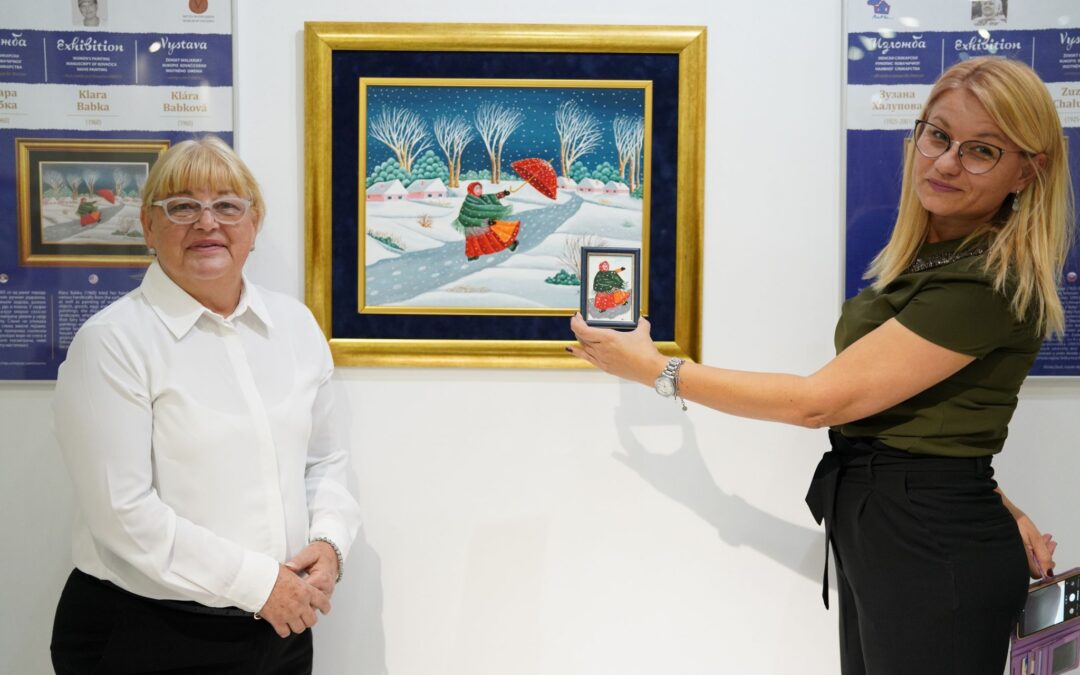The exhibition “Women’s Painting Manuscript of Kovačica Naïve Painting: From Needle and Thread to UNESCO” was officially opened at the Gallery of the National Museum Kraljevo, on Wednesday, October 8th, 2025, starting at 6 p.m. The exhibition was organized by the “Babka” Gallery and Foundation from Kovačica. Prior to the opening, a rich accompanying program began at 4 p.m. Artist Vieroslava Svetliková led a children’s workshop on Kovačica naïve painting, during which the youngest participants received a gift copy of the “Primer of Kovačica Naïve Painting.” The adult workshop, titled “Paint Your Own Magnet in the Spirit of Kovačica Naïve Painting” was led by artist Klara Babka.
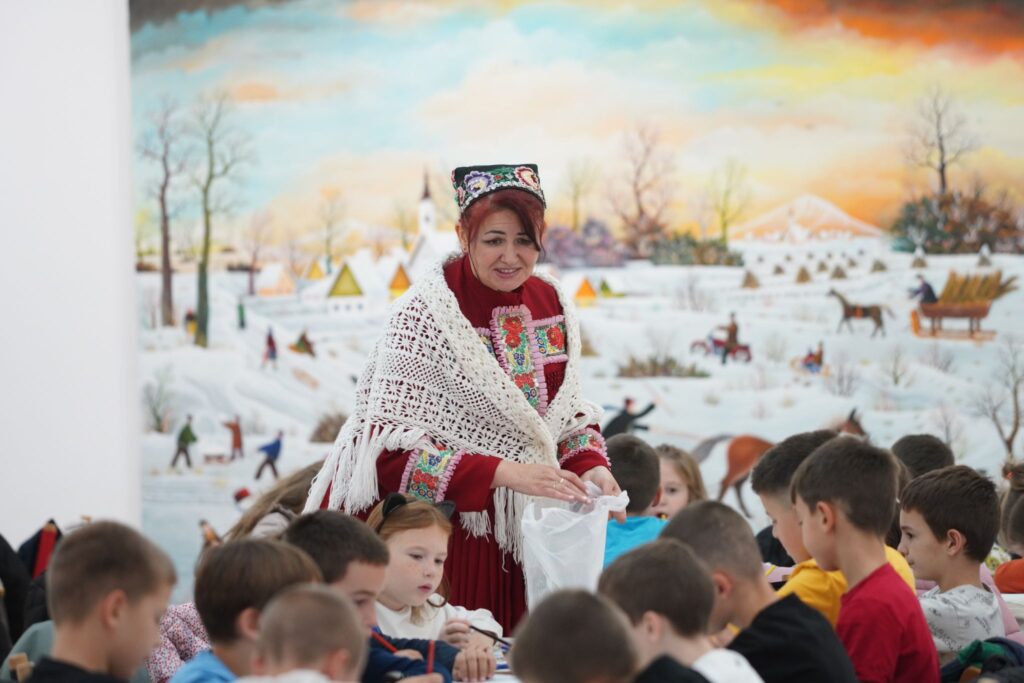
The event began with remarks from Suzana Novčić, museum advisor of the National Museum Kraljevo. She emphasized that the exhibition was created to mark the inscription of Kovačica naïve painting on UNESCO’s List of Intangible Cultural Heritage in late 2024. The exhibition features works by 30 female painters who contributed to the development of this artistic movement, including Zuzana Chalupová, Katarína Kožuhová, Alžbeta Čižiková, as well as younger generations of artists. The opening was honored by the presence of Klara Babka and Vieroslava Svetliková. The second part of the exhibition showcases works by Pavel Hajko, one of the most prominent contemporary naïve painters from Kovačica.
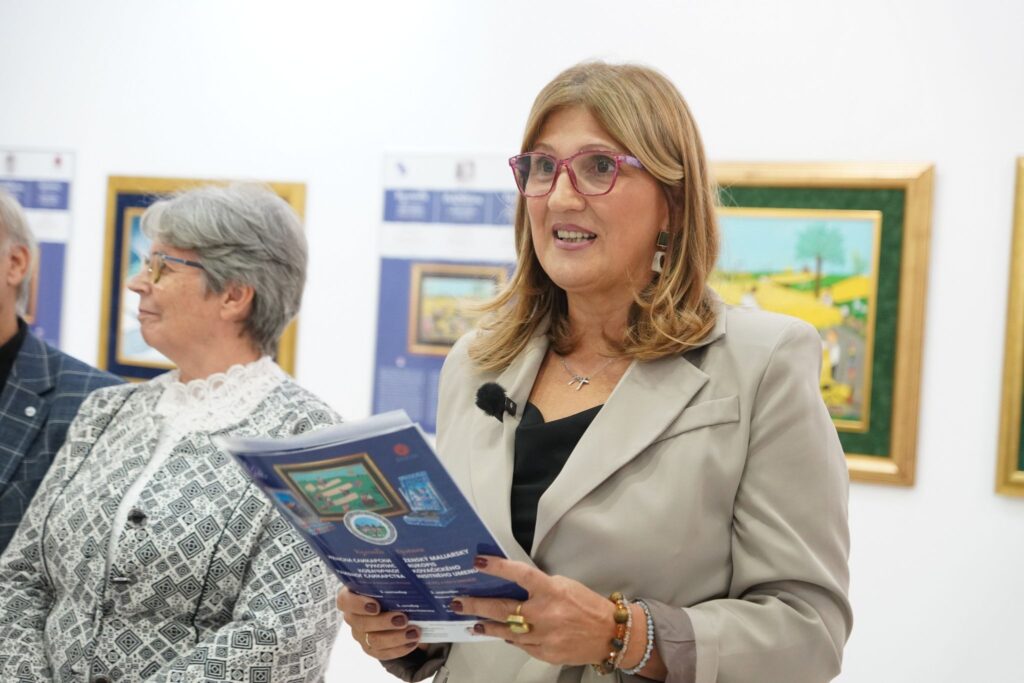
Novčić highlighted that Kovačica painting has become a vital part of the cultural identity of the Slovak community in Serbia, recognized both in art history and by the general public. The motifs – rural life, customs, and tradition – represent an authentic expression of folk art.
The exhibition was previously presented at the Museum of Vojvodina in Novi Sad, and after its stop in Kraljevo, it will be exhibited in Paris.
She concluded by noting that commemorative postage stamps were issued to mark the centenaries of naïve artists Martin Jonáš and Zuzana Chalupová, as a tribute to the significance of Kovačica painting.
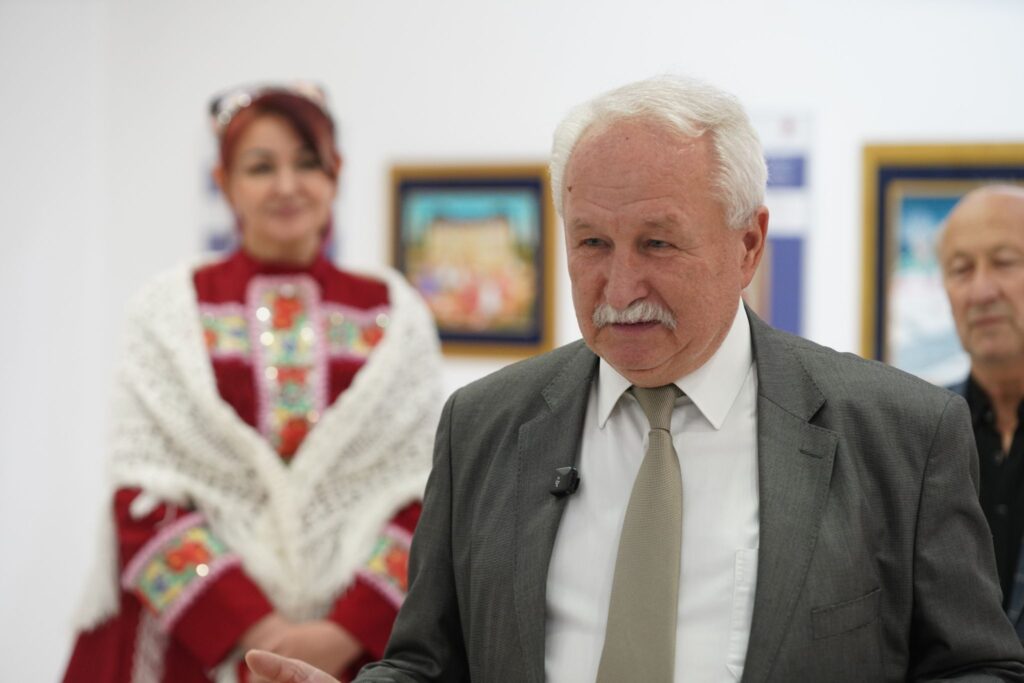
Pavel Babka, director and founder of the Gallery and Foundation “Babka”, expressed gratitude for the hospitality and shared his impression that the people of Kraljevo are warm and kind. He was especially moved when children attending the workshop crossed themselves upon hearing church bells as they exited the museum, believing that such upbringing will help them grow into good people.
In a brief historical overview, Babka explained the origins of the Slovak community in Serbia – mostly Protestants who settled over two centuries ago during the reign of Maria Theresa, serving as border guards along the Danube, and have remained ever since.
He emphasized the Slovaks’ reputation for painting and spoke about the development of Kovačica naïve art, especially highlighting Zuzana Chalupová, the most famous painter who, despite modest education, gained international recognition. Women, he noted, were often discouraged from painting with the phrase “a woman’s place is with needle and thread,” yet it was precisely from that craft that the colorful motifs emerged which define Kovačica art – hence the exhibition’s title “From Needle and Thread to UNESCO”.
Babka introduced the artists who joined him: Pavel Hajko, his wife Eva Hajko, his own wife Klara Babka, and Vieroslava Svetlik, who wore traditional folk dress and whose painting was inspired by a Slovak orphanage.
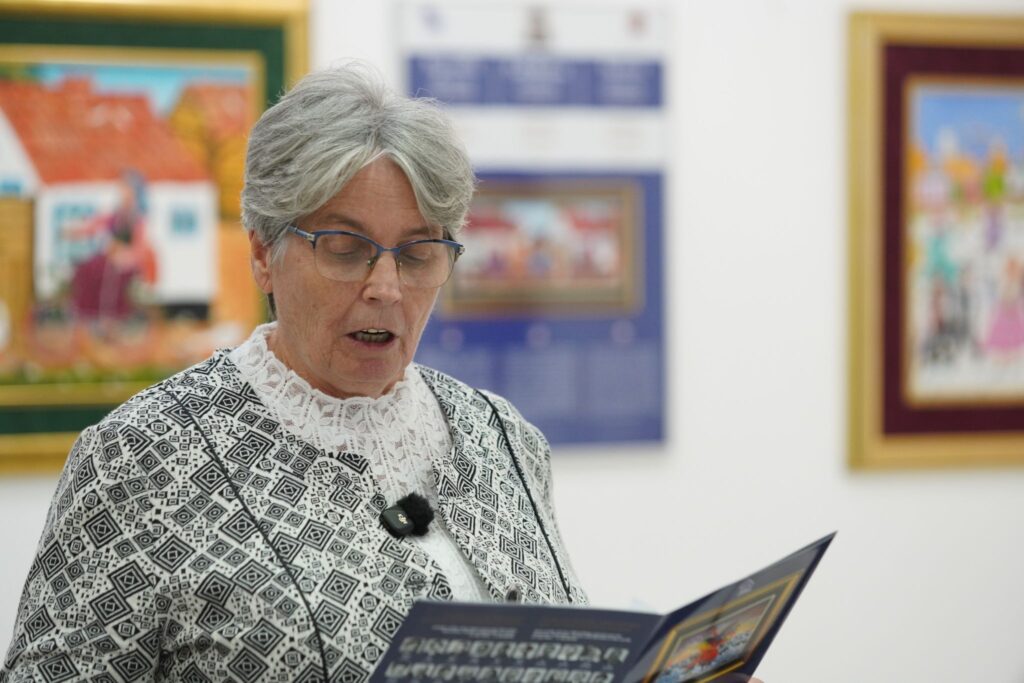
Eva Hajko read an excerpt from her book, sharing a personal and touching story about life with painter Pavel Hajko. She once dreamed of studying archaeology and traveling but devoted her life to family and supporting her husband. She was his “left and right hand”m and together they built a home and artistic career, raised two sons, and remained together for 48 years.
She said that his life’s work is his many paintings, and hers – their shared life.
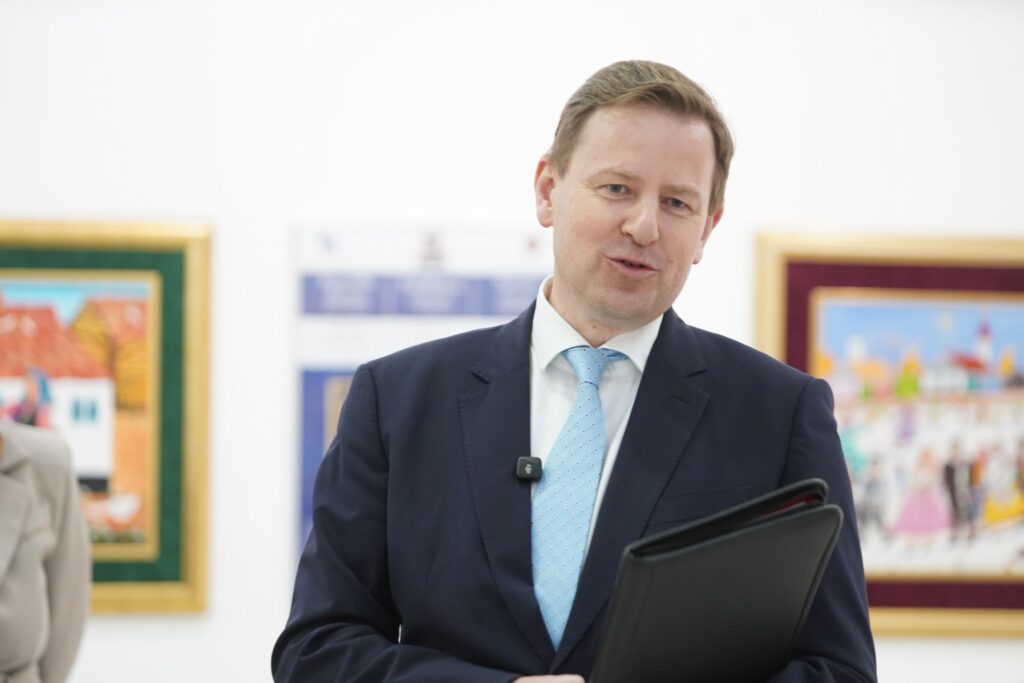
Following her speech, H.E. Michal Pavuk, Ambassador of the Slovak Republic to Serbia, greeted the audience, congratulated the City Day of Kraljevo, and expressed his honor in attending the opening of this exhibition, which holds great significance for the Slovak community. He emphasized the long tradition and diligent work of Slovaks in Vojvodina, and the joint efforts of Serbia and Slovakia in the process of inscribing Kovačica naïve painting on UNESCO’s heritage list.
He thanked the City of Kraljevo and the host museum for recognizing the quality and enabling the public to enjoy the works of artists from Kovačica. He concluded by wishing everyone a pleasant artistic experience and officially declared the exhibition open.
After the formal opening, Mr. Pavel Babka led a lively and engaging guided tour through the exhibition “Women’s Painterly Handwriting in Kovačica Naïve Art – From Needle and Thread to UNESCO”.
